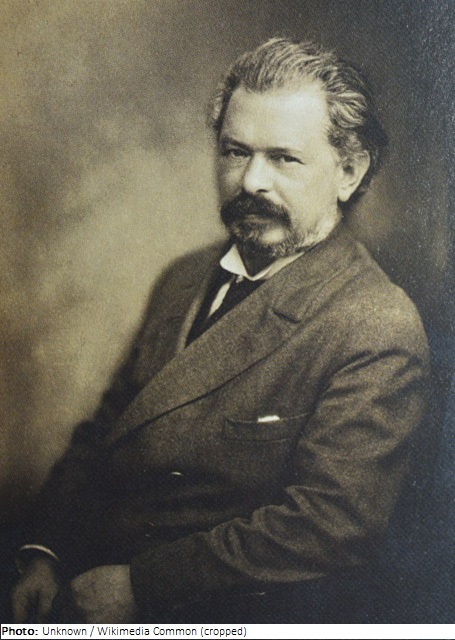Aksel Jørgensen

Biographical information
| Roles | Referee |
|---|---|
| Sex | Male |
| Full name | Karl Aksel•Jørgensen |
| Used name | Aksel•Jørgensen |
| Born | 3 February 1883 in København (Copenhagen), Hovedstaden (DEN) |
| Died | 9 June 1957 in København (Copenhagen), Hovedstaden (DEN) |
| NOC |  Denmark Denmark |
Biography
Aksel Jørgensen served an apprenticeship as a painter in København from 1897-1901 and at the same time attended the Tekniske Skole (Technical School). In 1905-06, he studied at a private painting school. As a child, he suffered from otitis media, which affected him throughout his life and later led to partial facial paralysis. In 1908, he founded the socialist satirical magazine Gnistan (The Spark) together with cartoonist Carl Jensen (1887–1961) and writer Jens Pedersen (1870-1921). Jørgensen exhibited at the alternative “Den Frie Udstilling” and from 1910 also with the group “De 13”. This period brought his breakthrough, and he received several grants in the following years. In 1914, however, he suffered a nervous breakdown and fell into a deep four-year creative crisis.
1920-53 Jørgensen taught as professor and head of a graphic workshop at the Copenhagen Academy of Art, becoming its director from 1930. In 1937-46 he also served on the board of directors of the Thorvaldsen Museum and was also awarded the Thorvaldsen Medal in 1941. 1944-45 he was also a teacher at the Grafiske Højeskole Copenhagen. In 1952 he was co-initiator of the school project “Kunst i skolen”. On his 70th birthday in 1953, the Danish king appointed him “Knight of Dannebrog”.
With his distinctly socially critical attitude, Jørgensen was one of Denmark’s most important socially committed artists. He depicted the life of the lower class in an unembellished way, especially in his realistic drawings. Initially, his paintings were realistic until he turned to Impressionism under the influence of Paul Cézanne (1839-1906). In a socially realistic manner, he created provocative views of the Copenhagen working-class, prostitute, bar, and dance hall milieus, with warm romantic coloring providing a stark contrast. In the 1920s, he was concerned with decorative works in addition to portraits and still lifes. His style of painting became more abstract and expressionistic. From 1950 he experimented with tempera on paper, among other techniques.
Jørgensen is of particular importance as a graphic artist. His woodcuts, including colored woodcuts, as well as etchings from around 1910 formed the basis for Danish graphic art of the 20th century. He was inspired by Japanese art and Expressionism. In the 1940s and 1950s, he also produced a number of lithographs. As one of the outstanding Danish art theorists of the 20th century, he is also of great importance as an art mediator and educator.
Referee
| Games | Sport (Discipline) / Event | NOC / Team | Phase | Unit | Role | As | |
|---|---|---|---|---|---|---|---|
| 1928 Summer Olympics | Art Competitions |  DEN DEN |
Aksel Jørgensen | ||||
| Painting, Paintings, Open (Olympic) | Final Standings | Judge | |||||
| Painting, Graphic Arts, Open (Olympic) | Final Standings | Judge | |||||
| Painting, Drawings And Water Colors, Open (Olympic) | Final Standings | Judge |